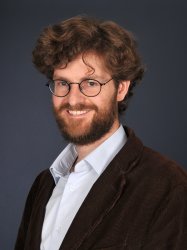BibTex format
@article{Simoni:2014:10.1126/science.1245710,
author = {Simoni, A and Wolfgang, W and Topping, MP and Kavlie, RG and Stanewsky, R and Albert, JT},
doi = {10.1126/science.1245710},
journal = {Science},
pages = {525--528},
title = {A Mechanosensory Pathway to the <i>Drosophila</i> Circadian Clock},
url = {http://dx.doi.org/10.1126/science.1245710},
volume = {343},
year = {2014}
}

